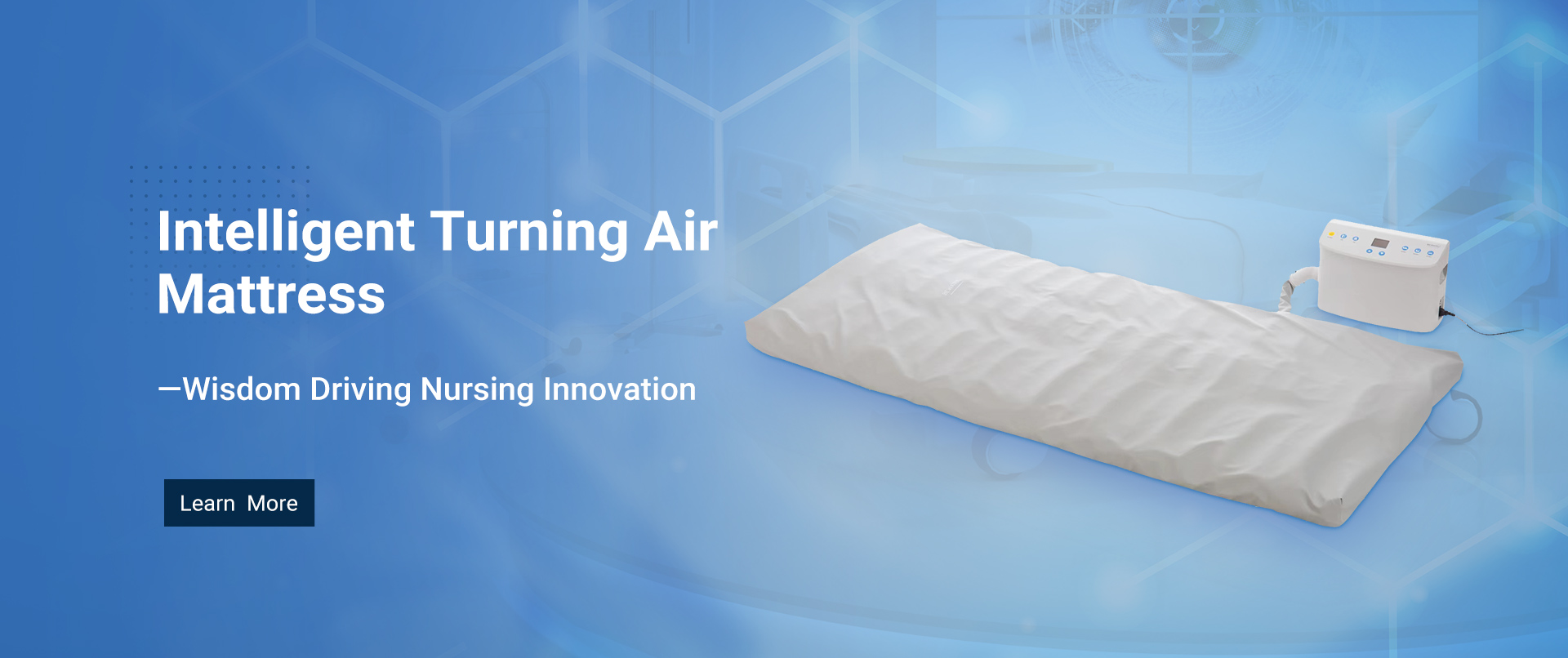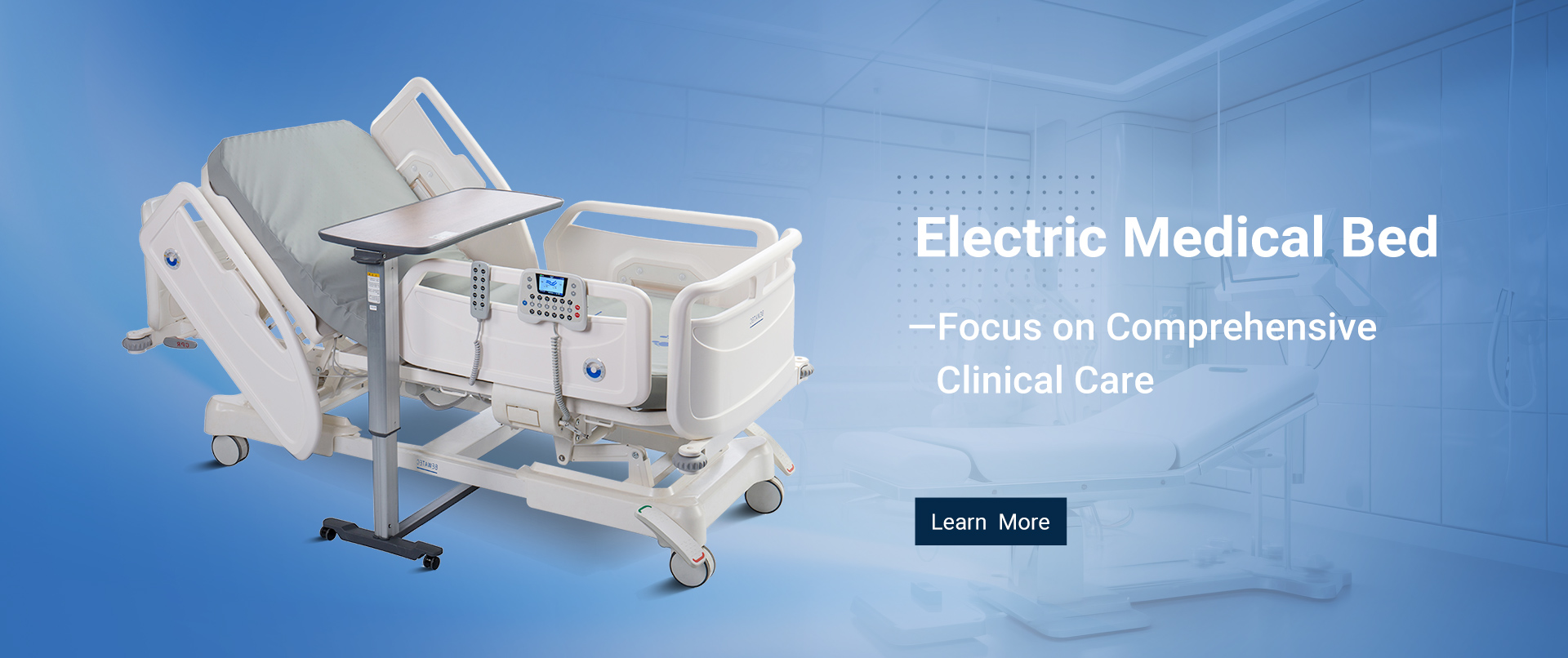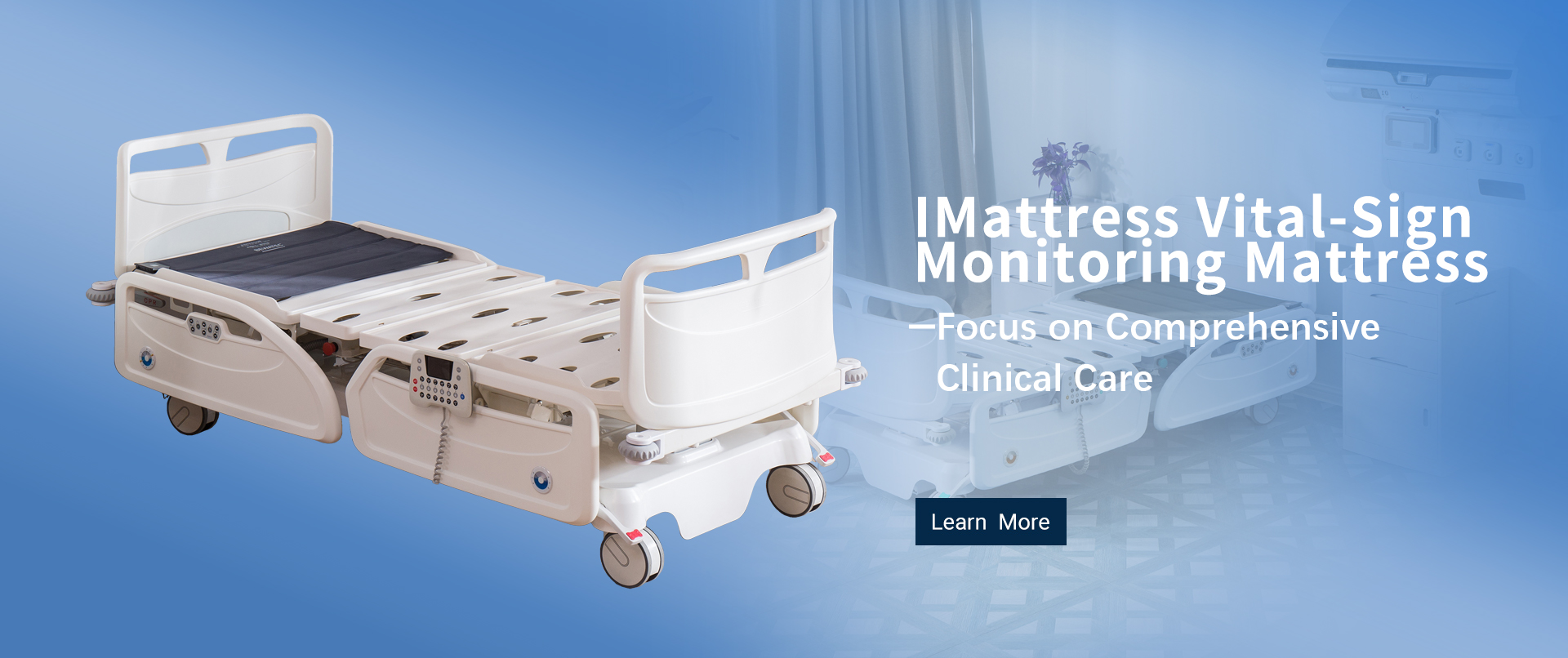
Exploring Innovative Alternatives to Electric Medical Beds for Enhanced Patient Care
Table of Contents
- Innovative Technologies Redefining Patient Comfort in Healthcare Settings
- Harnessing Smart Bed Features to Improve Patient Monitoring and Safety
- Exploring Non-Electric Alternatives for Enhanced Mobility and Care
- Integrating Futuristic Materials for Better Hygiene and Durability in Medical Beds
- Assessing Cost-Effectiveness of Alternative Patient Care Solutions
- The Role of Design Thinking in Developing Patient-Centric Bed Solutions
- FAQS
- Conclusion
- Related Posts
You know, in the fast-changing world of healthcare, it's no surprise that Electric Medical Beds are suddenly in high demand. Everyone's really focusing on making patients more comfortable and finding better ways to deliver care efficiently. I recently came across a report from Global Market Insights, and it says that the electric hospital bed market is expected to hit around $2.5 billion by 2027—pretty impressive, right? They're seeing a growth rate of about 4.5% each year. This whole trend just shows how we need to think beyond the usual electric beds and get creative in improving patient experiences. Here at Bewatec (Zhejiang) Medical Device Co., Ltd., we see a real opportunity to lead the way by developing options that do more than just have electric features. We're dreaming bigger—adding smart tech to create a truly personalized care journey. By tapping into the latest digital health innovations, our goal is to offer comprehensive, safe, and tailored medical solutions. We really want to position ourselves as a global leader in smart, specialized medical care solutions that make a difference.
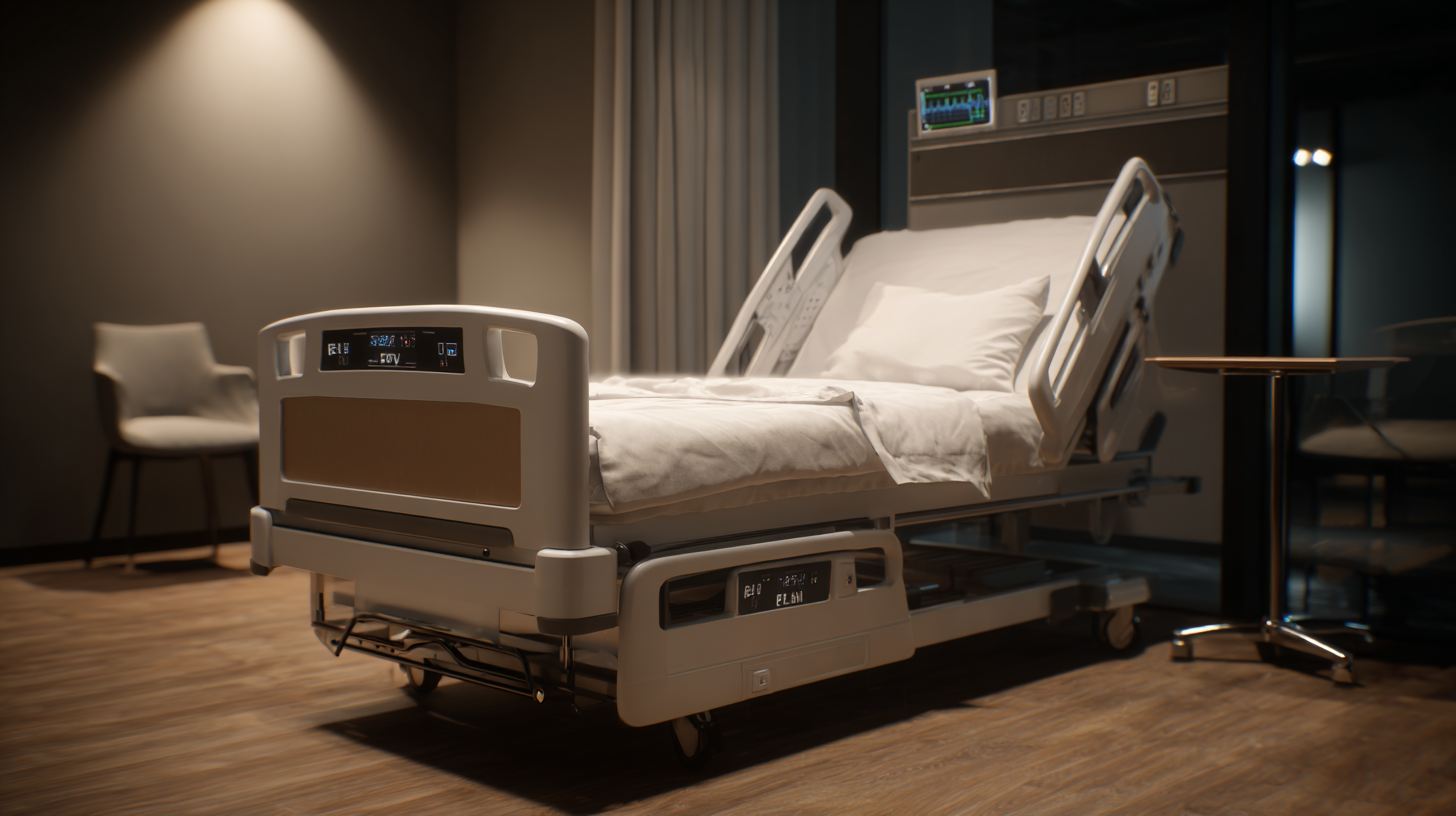
Innovative Technologies Redefining Patient Comfort in Healthcare Settings
Lately, the healthcare world’s been buzzing with new tech aimed at making patient care more comfortable and personal. You know, while electric beds have pretty much been the standard in hospitals forever, thinking outside the box with alternatives can totally change how patients experience their stay. These days, people are playing around with cool materials and smarter designs to make beds that not only support healing but also make the whole recovery process a lot more pleasant. For example, some beds now come with smart sensors that can keep tabs on vital signs and even adjust the bed's position automatically. So, nurses don’t have to constantly fiddle with settings — it’s all handled behind the scenes, which is pretty neat.
And it’s not just beds, either. The integration of smart home tech into healthcare settings is really changing the game. Imagine having voice controls or mobile apps that let patients tweak their environment — changing lighting, adjusting the room temperature, you name it — all from their bed. It’s a small thing, but it really helps people feel more in control, and who doesn’t love a little personal touch during recovery? All these innovations are about more than just fancy gadgets — they’re about creating a calming, personalized space that helps patients heal better. By focusing on what really matters — comfort, autonomy, and a cozy environment — healthcare providers are not only addressing medical needs but also genuinely improving the overall experience for patients.
Harnessing Smart Bed Features to Improve Patient Monitoring and Safety
These days, we're seeing some pretty cool smart bed features popping up as a real game-changer when it comes to patient monitoring and safety. Especially now, with sleep issues becoming more common, thanks to what experts have been saying. Since research shows that we spend about a third of our lives asleep, it’s super important to keep that sleep quality up — because it directly affects our overall health. By adding high-tech elements into medical beds, hospitals can now keep an eye on vital signs around the clock, automatically tweak the bed for better comfort, and send quick alerts if something’s not right. It really shifts how healthcare teams can respond swiftly to patient needs.
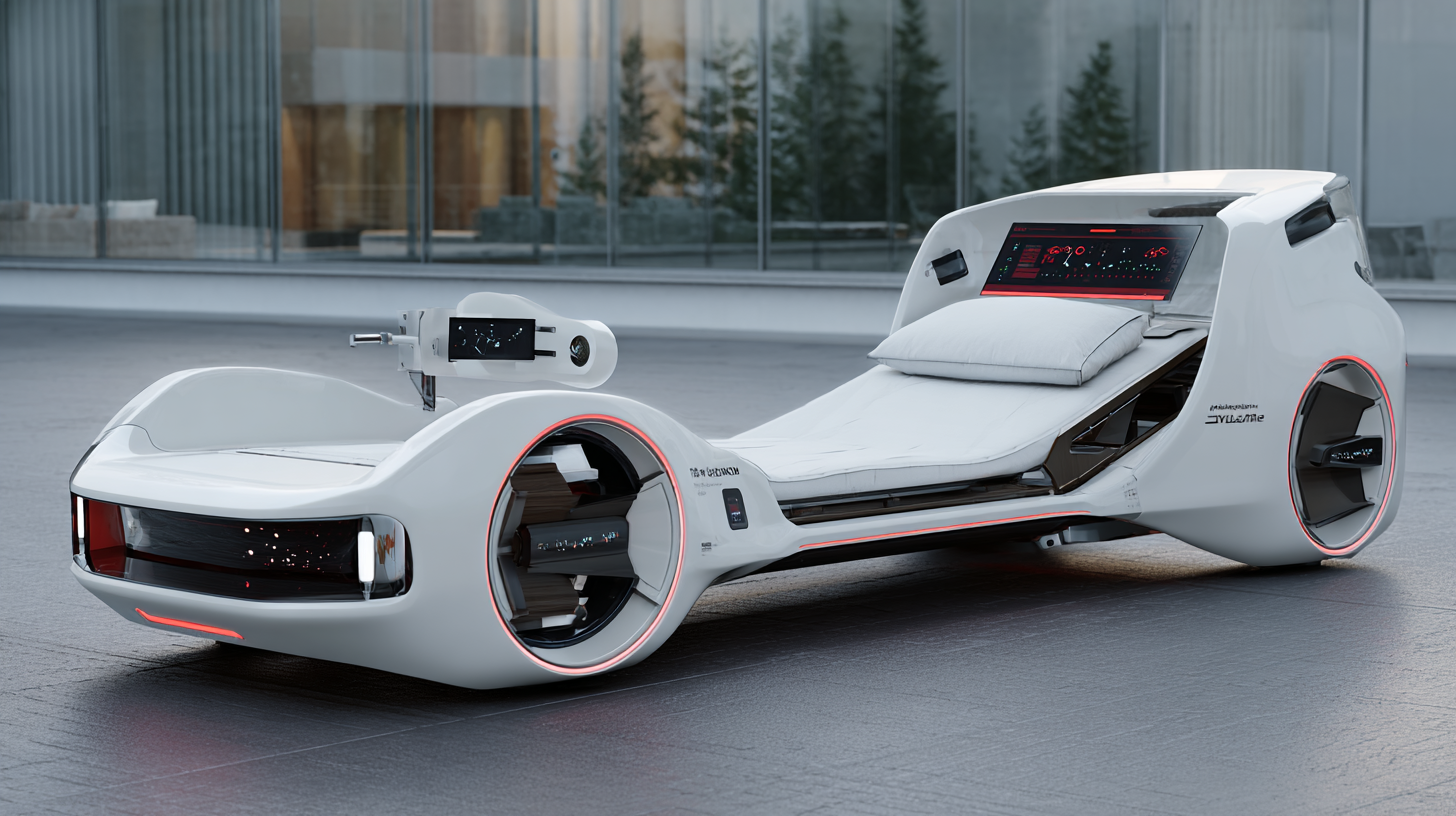
If you're looking to make the most out of these smart beds, here are a couple of tips. First off, make sure the monitoring system is easy to navigate — whether you're staff or a patient, nobody wants to deal with complicated tech. Having a simple interface encourages everyone to stay engaged and follow health protocols without frustration. Also, don’t forget regular training sessions for healthcare workers; getting familiar with features like motion sensors or communication tools means they can jump into action fast if needed.
And, honestly, involving a mix of different professionals — engineers, nurses, tech experts — in designing and improving these beds can lead to some pretty innovative solutions. Working together like that can really push patient care forward and make sleep issues easier to tackle while keeping everyone safe and comfortable.
Exploring Non-Electric Alternatives for Enhanced Mobility and Care
Lately, there's been quite a buzz about the need for innovative, non-electric medical beds. Healthcare providers are really looking for options that boost patient mobility and make care easier. I came across a recent trend report that suggests the manual home care bed market is heading for some serious growth. By 2024, it’s expected to hit around $154 million, and by 2032, that number could jump to over $214 million—that’s roughly a 4.2% increase. This shift seems to show everyone’s moving towards simpler, more accessible solutions when it comes to caring for patients.
These non-electric beds have a lot going for them, like being more flexible and easier for caregivers to operate. As the focus in healthcare shifts towards more personalized and mobile care, more facilities are seeing the benefits of these manual options. Without relying on electric parts, these beds tend to have less downtime—they’re less likely to break down or need repairs—plus, they help keep operational costs down. The user-friendly designs also make it easier for caregivers to help patients move around, which can really promote better mobility and make transferring or repositioning patients smoother during care routines.
All in all, exploring non-electric medical beds is pretty important right now, especially since they help meet the needs of both patients and caregivers alike. As the market keeps growing, it’s a good idea for everyone involved to consider these smarter, simpler alternatives—especially given how much demand there is for healthcare solutions that are actually effective and easy to use.
Integrating Futuristic Materials for Better Hygiene and Durability in Medical Beds
You know, the healthcare world is always changing, and one of the hottest trends right now is bringing these cutting-edge materials into medical beds. I mean, sure, traditional electric beds do the trick most of the time, but let’s be honest—they can be pretty lacking when it comes to hygiene and lasting power. That’s why exploring new options with advanced materials is such a game changer. For instance, adding antimicrobial fabrics and coatings can really help cut down on infections, so patients not only feel comfy but are also safer during recovery.
And here’s the cool part—using lightweight composites and smart textiles can boost how well these beds work. They’re tough enough to last longer, but they’re also easier to clean and keep up. Plus, smart textiles can even keep track of vital signs and send real-time info to healthcare staff, making it easier to manage patient care before issues even pop up. Going all in on these new techs means hospitals can create a cleaner, more efficient space — which ultimately leads to happier patients and better outcomes. The future of patient care? It’s all about merging innovative materials with a focus on hygiene and durability in medical beds. That’s where we’re headed, and honestly, it’s pretty exciting.
Exploring Innovative Alternatives to Electric Medical Beds for Enhanced Patient Care - Integrating Futuristic Materials for Better Hygiene and Durability in Medical Beds
| Feature | Traditional Electric Beds | Innovative Alternatives |
|---|---|---|
| Material Durability | Standard metals and plastics, moderate lifespan | Advanced composites and polymers, enhanced toughness |
| Hygiene Standards | Requires frequent manual cleaning | Self-cleaning materials with antimicrobial properties |
| Weight Capacity | Up to 300 lbs | Up to 600 lbs with reinforced design |
| Height Adjustability | Basic motorized adjustments | Smart height adjustments with user presets |
| Patient Monitoring | Limited to external devices | Integrated health monitoring systems |
| Cost of Ownership | Higher maintenance costs | Lower maintenance with longevity benefits |
Assessing Cost-Effectiveness of Alternative Patient Care Solutions
These days, the healthcare world is really starting to explore more affordable alternatives to those traditional electric beds we’re all used to. The focus, of course, being on giving patients better care without breaking the bank. Did you know that the digital therapeutics market is expected to hit around $6.17 billion by 2024? And it’s growing like crazy—about 27% annually up until 2031. That’s pretty telling; it shows there’s a big shift toward embracing tech solutions that can help improve patient outcomes and make workflows smoother. By bringing digital therapeutics into the mix, hospitals and clinics can offer more personalized treatments and even cut down on the need for those pricey medical beds. It’s a win-win, really.
And it doesn’t stop there. The market for portable ultrasound devices is also on the rise—projected to grow from roughly $8.42 billion in 2025 to around $10.87 billion by 2033, with a modest growth rate of 3.2%. People are clearly into non-invasive tools that make keeping an eye on patients easier and more efficient. As healthcare providers look for ways to manage costs while still caring deeply for their patients, buying into these kinds of advanced tech—like portable ultrasounds—makes a lot of sense. It’s all about using innovation to improve outcomes without blowing the budget. Overall, these trends show how the industry is shifting toward smarter, more cost-effective solutions that really make a difference in patient care.
The Role of Design Thinking in Developing Patient-Centric Bed Solutions
You know, design thinking really has a huge impact when it comes to changing how we care for patients—especially when we're looking for new, better alternatives to the usual electric hospital beds. When we make the patient the main focus during the design process, it’s easier to come up with solutions that not only boost comfort but also make things safer and easier to access. It’s a pretty collaborative process, where healthcare pros and designers work together, really trying to understand what patients need and want. That way, the end result is a product that genuinely promotes their well-being.
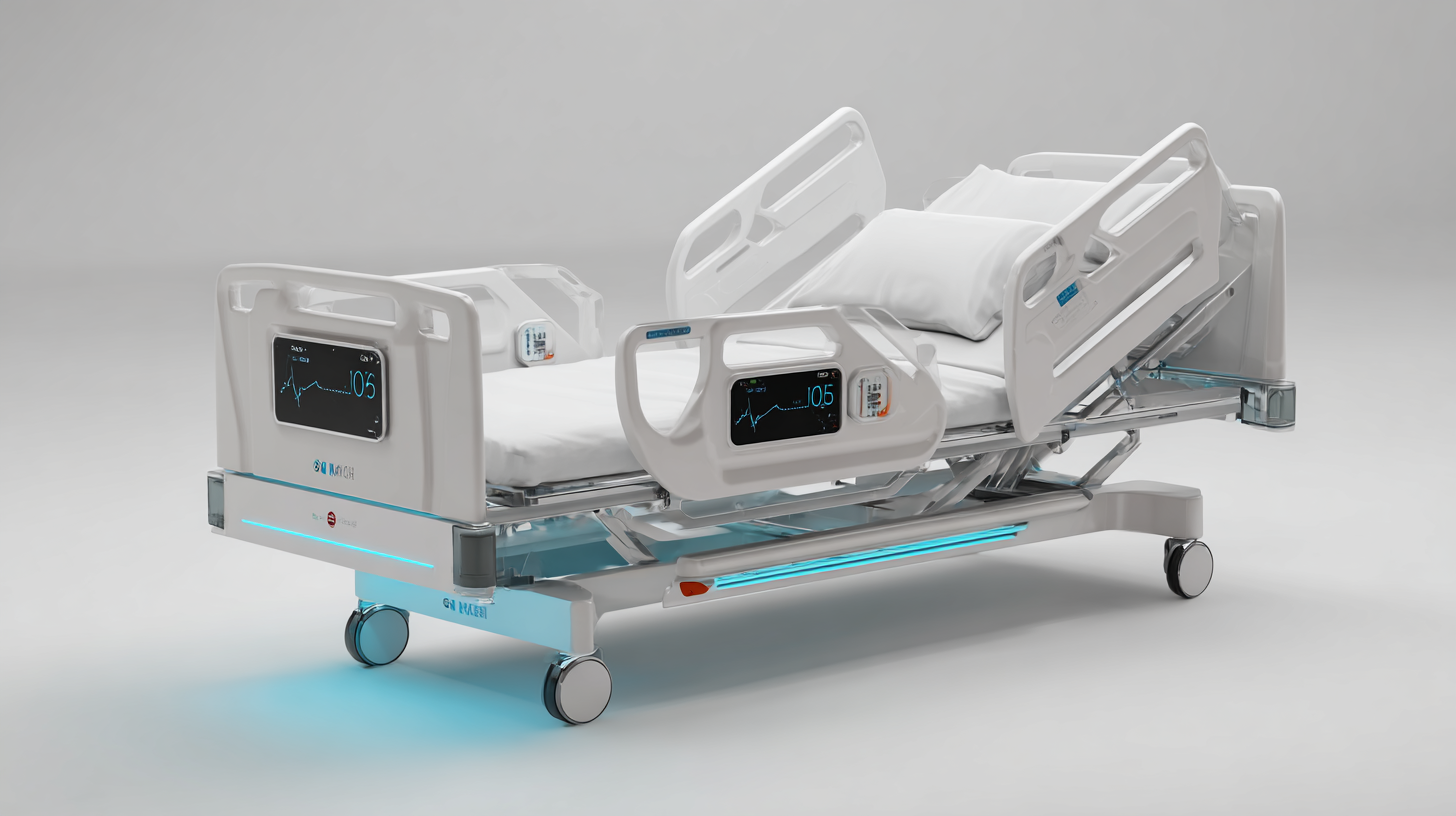
At Bewatec (Zhejiang) Medical Device Co., Ltd., we totally get how all-important it is to put patients first when creating medical devices. We’re really committed to moving healthcare into the digital age, and that lines up perfectly with the principles of design thinking. Our goal is to craft personalized digital care experiences—not just making sure our medical beds tick all the boxes functionally, but also making sure patients actually feel cared for and comfortable throughout their recovery. By harnessing the latest technology and listening to feedback from real users, we’re aiming to lead the charge in smart medical care, making sure every patient gets the attention and comfort they deserve during such a critical time.
FAQS
: Recent trends in the healthcare industry include the rise of innovative technologies aimed at enhancing patient comfort and care, such as smart electric medical beds and smart home technologies that allow for personalized patient environments.
Smart sensors in medical beds monitor vital signs and automatically adjust the bed's positioning, ensuring optimal comfort without the need for constant manual adjustments by nurses.
Non-electric medical beds offer greater flexibility and ease of use for caregivers, reduce potential downtime due to technical failures, and lower overall operational costs, while promoting enhanced mobility for patients.
The manual home care bed market is projected to grow from a value of $154.17 million in 2024 to $214.39 million by 2032, reflecting a growth rate of 4.2%.
Advanced materials such as antimicrobial fabrics and coatings help reduce the risk of healthcare-associated infections, making medical beds not only more comfortable but also safer for patients during recovery.
Smart textiles can monitor vital signs and provide real-time data to healthcare professionals, promoting proactive patient management and enhancing the overall functionality of medical beds.
Patient autonomy is crucial because it empowers patients to customize their surroundings, creating a calmer and more personalized environment that is essential for effective healing.
Incorporating innovative materials enhances durability, makes beds easier to clean and maintain, and ultimately leads to a more hygienic and efficient environment for patient care.
Healthcare providers can benefit from non-electric alternatives by addressing both patient and caregiver needs, as these solutions are often simpler and more accessible, promoting better patient mobility and care.
The future of patient care is expected to involve a seamless integration of innovative technologies and materials that prioritize patient comfort, hygiene, and durable solutions in healthcare settings.
Conclusion
Lately, there's been a real push to improve patient care by exploring some pretty innovative alternatives to traditional electric medical beds. In this post, I want to share some of the coolest tech out there that's changing the game when it comes to patient comfort. We're talking about smart beds that can do more than just support—things like better monitoring and safety features that really make a difference. Plus, we'll look at non-electric options that encourage more mobility and easier care, along with some futuristic materials that could keep things hygienic and sturdy for the long haul. Oh, and of course, we can’t forget about cost—trying to find solutions that are both effective and affordable. We’ll also touch on how design thinking is really shaping these beds into more patient-centered solutions, aiming to make healthcare more accessible and comfy for everyone.
At Bewatec (Zhejiang) Medical Device Co., Ltd., we’re all about driving digital transformation in the medical field—making sure every patient gets personalized, safe, and comfortable care. As we explore these new innovations, our passion for improving patient experience stays strong. We’re proud to lead the way in smart, specialized medical care solutions that truly make a difference.
Related Posts
-

How to Choose the Best Electric Patient Bed for Your Needs
-
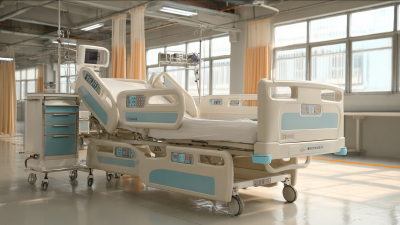
Unmatched Quality of Hospital Beds from Chinas Leading Factory Trusted Worldwide
-
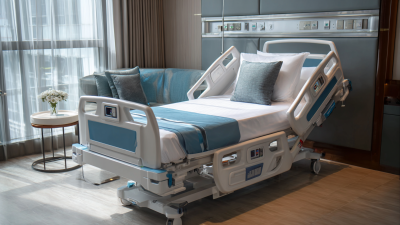
The Ultimate Guide to Hospital Equipment Beds Understanding Features Benefits and Industry Trends
-
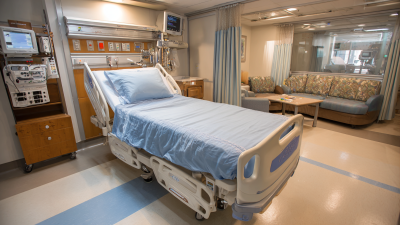
Essential Hospital Bed Equipment Checklist for Optimal Patient Care and Safety
-

Your Ultimate Guide to Best Wifi and 4/5g Connected Health Monitoring Solutions
-
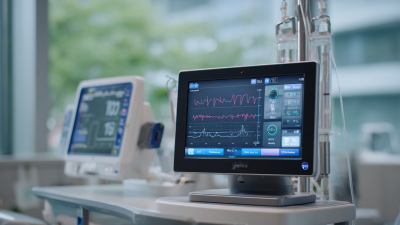
How to Optimize Patient Care with a Wifi Connected Vital Signs Monitor
Blog Tags:


